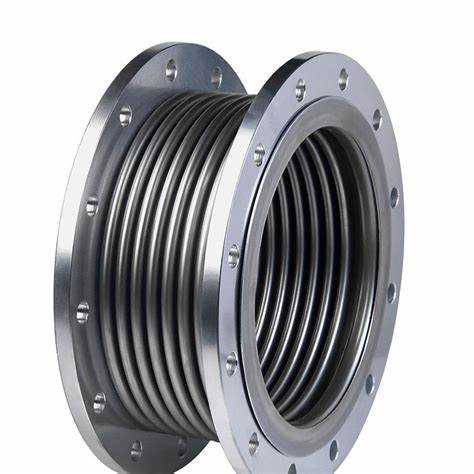Understanding the Function and Benefits of Hydraulic Foot Valves in Fluid Control Systems
Understanding Hydraulic Foot Valves An Essential Component in Fluid Control Systems
Hydraulic systems are widely recognized for their efficiency and reliability in various industrial and construction applications. Among the key components that ensure these systems function smoothly is the hydraulic foot valve. As a critical part of hydraulic circuits, foot valves play a significant role in maintaining the stability and effectiveness of fluid control. This article delves into the design, function, importance, and applications of hydraulic foot valves.
What is a Hydraulic Foot Valve?
A hydraulic foot valve is a type of check valve specifically designed to allow fluid flow into a suction line while preventing backflow. It is typically installed at the inlet of a hydraulic pump submerged in a fluid reservoir. The foot valve ensures that the hydraulic system maintains a constant prime, essential for pump operation and system efficiency.
Design and Components
Hydraulic foot valves are typically composed of several key components, including
1. Body The body of the valve is usually made of robust materials such as brass, stainless steel, or PVC, depending on the application and fluid type. The choice of material is crucial for durability and resistance to corrosion.
2. Inlet Screen Most foot valves are equipped with an inlet screen or strainer that prevents debris and contaminants from entering the hydraulic system. This feature is essential to protect the pump and other system components.
3. Check Mechanism The valve includes a check mechanism, often a spring-loaded disc or ball, that allows fluid to enter the pump while preventing backflow. This mechanism ensures that the hydraulic system maintains its prime, reducing the risk of cavitation and air pockets.
4. Threads or Connections The foot valve is designed with threaded or flanged connections to facilitate easy installation and removal. This feature is particularly important for maintenance purposes.
The Function of Hydraulic Foot Valves
hydraulic foot valve

The primary function of hydraulic foot valves is to maintain a positive flow of hydraulic fluid into the pump while preventing backflow. When the pump operates, it creates a vacuum that draws fluid into the system. The foot valve opens, allowing fluid to flow in. Once the pump is turned off, the check mechanism closes, stopping any backflow into the reservoir. This process helps in
- Maintaining Prime By preventing fluid from flowing back into the reservoir, foot valves ensure the pump remains primed and ready for immediate use.
- Preventing Cavitation Cavitation occurs when vapor bubbles form in liquid due to rapid pressure drops, potentially causing damage to the pump. The presence of a foot valve mitigates this risk by keeping the fluid column intact.
- Reducing Pump Wear Consistent priming and prevention of backflow contribute to lower wear and tear on hydraulic pumps, ultimately extending their lifespan.
Importance in Hydraulic Systems
The significance of hydraulic foot valves extends to various operations within hydraulic systems. They are widely employed in applications such as
- Construction Machinery Foot valves are vital in hydraulic excavators, backhoes, and cranes, where maintaining fluid pressure and preventing air entry is essential for optimal operation.
- Agricultural Equipment In tractors and irrigation systems, foot valves help manage fluid flow efficiently, allowing for effective agricultural practices without interruptions.
- Industrial Machinery Many production machines rely on hydraulic systems, and foot valves are crucial to ensuring their consistent performance.
Conclusion
Hydraulic foot valves are indispensable components of hydraulic fluid control systems. Their ability to maintain a prime, prevent backflow, and protect pumps from cavitation makes them vital in various applications, from construction machinery to agricultural equipment. With their robust design and essential functions, foot valves contribute significantly to the efficiency, reliability, and longevity of hydraulic systems. As industries continue to evolve and demand more efficient fluid control solutions, understanding the role of hydraulic foot valves will remain crucial for engineers and operators alike.
-
The Key to Fluid Control: Exploring the Advantages of Ball Valves in Industrial SystemsNewsJul.09,2025
-
The Versatile World of 1, 2, and 3 Piece Ball ValvesNewsJul.09,2025
-
Stainless Steel Ball Valves: The Ideal Choice for Efficient Flow ControlNewsJul.09,2025
-
Optimizing Fluid Control with Ball Float ValvesNewsJul.09,2025
-
Manual Gate Valves: Essential for Control and EfficiencyNewsJul.09,2025
-
Everything You Need to Know About Butterfly ValvesNewsJul.09,2025
-
The Versatility of Wafer Type Butterfly ValvesNewsJul.08,2025




